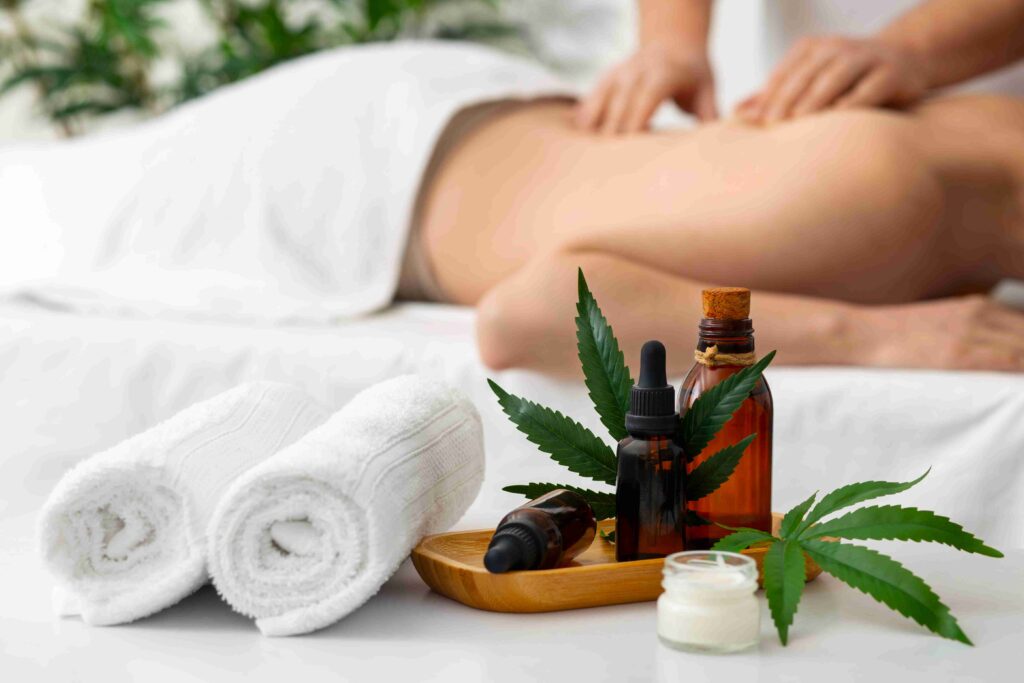Piles, also known as hemorrhoids, affect millions of people worldwide and can cause pain, itching, bleeding, and discomfort in daily life. While many fear surgery, the good news is that non-surgical piles treatments are available today that are safe, painless, and highly effective.
These treatments not only relieve symptoms but also help prevent recurrence if followed with proper lifestyle changes.

Lifestyle Modifications
The foundation of non-surgical piles treatment lies in adopting healthy lifestyle habits. A balanced diet and proper bowel practices can reduce strain and ease discomfort.
- High-fiber foods like fruits, vegetables, and whole grains soften stools and prevent constipation.
- Hydration is equally important—drinking 8–10 glasses of water a day keeps bowel movements smooth.
- Regular exercise improves digestion, circulation, and prevents excessive straining during bowel movements.
Medications and Topical Treatments
Doctors often prescribe medications to reduce swelling, itching, and pain caused by piles.
- Topical creams and ointments containing hydrocortisone or witch hazel soothe irritation.
- Oral pain relievers like acetaminophen or ibuprofen help manage discomfort.
- Stool softeners are sometimes recommended to avoid hard stools that worsen piles.
Sitz Baths for Instant Relief
One of the most effective home-based remedies for piles is a sitz bath. Sitting in warm water for 10–15 minutes several times a day helps reduce swelling, improves blood flow, and provides instant comfort.
Adding a pinch of salt or antiseptic solution may enhance its soothing effect.
Rubber Band Ligation
Rubber band ligation is a widely used non-surgical procedure for internal piles. A small rubber band is placed at the base of the hemorrhoid, cutting off its blood supply.
Within a week, the pile shrinks and falls off naturally. It’s quick, nearly painless, and requires no hospital stay.
Sclerotherapy
In this minimally invasive treatment, a chemical solution is injected into the pile tissue to shrink it. Sclerotherapy is effective for small to medium-sized hemorrhoids and is performed in just a few minutes. Patients can return to normal activities almost immediately.
Infrared Coagulation (IRC)
This method uses infrared light to cut off blood supply to hemorrhoids, causing them to shrink and disappear over time. IRC is safe, virtually painless, and suitable for patients with mild to moderate piles.
Ayurvedic and Natural Remedies
Many people also find relief in traditional remedies. Ayurvedic treatments use herbal medicines, sitz baths with neem water, and dietary changes to reduce inflammation naturally.
While these methods may not cure advanced cases, they can significantly ease symptoms when combined with medical advice.

Conclusion
Non-surgical piles treatments offer safe and effective alternatives for patients who want relief without going under the knife. From lifestyle changes and medications to minimally invasive options like rubber band ligation and infrared coagulation, these methods help patients regain comfort and confidence.
The key is early consultation with a doctor because timely treatment can prevent complications and make recovery smoother.
FAQs Section
Q1. Are non-surgical piles treatments permanent?
In many cases, yes. However, recurrence can happen if diet and lifestyle are not improved.
Q2. Which non-surgical method works best for piles?
It depends on the severity. Mild cases respond to lifestyle changes, while moderate cases benefit from rubber band ligation or sclerotherapy.
Q3. Do these treatments hurt?
Most non-surgical treatments are painless or cause only mild discomfort.
Q4. How long does it take to recover?
Recovery is usually very quick, often within a few days, since no major surgery is involved.
Q5. Can I manage piles at home without seeing a doctor?
You can ease mild symptoms with home remedies, but persistent pain or bleeding should always be checked by a doctor.

